“I was standing in the backyard of the House of Tomorrow a few weeks after I graduated from high school when all of a sudden it became clear to me what I ought to be doing with the manual typewriter I’d just been given as a graduation present. A hand fell on my shoulder, as it were, and a voice whispered in my heart. The voice said, “Write.”
Since I always heed voices like that, I set out to try. And within a year, straining against my limits, I produced something like an original science fiction novel. It was nowhere near good, but it was a starting point.
Writing has been my way to wonder about things. I’ve written science fiction and fantasy. I’ve also written about the meaning of story and the nature of the imagination.”
Alexei Panshin
Books
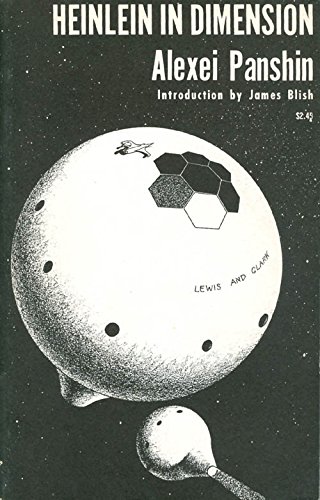
Heinlein in Dimension
First Published April 1968
Alexei’s first book, originally published in SF fanzines in Canada, England and the United States. No one had ever written a full-length study of the stories of any SF writer before, and the World Science Fiction Convention voted Alexei the initial Fan Writer Hugo Award for it.
Rite of Passage
First Published June 1968
A girl who lives on an immense interstellar ship must manage to survive Trial for a month in the wilds of a colony planet.
John Brunner described the story as, “An impressive portrayal of the psychological and moral coming-of-age of a young girl whose upbringing and background are truly of the future yet whose problems are universal.”
The Science Fiction Writers of America gave Rite of Passage a Nebula Award as Best Novel of the Year.
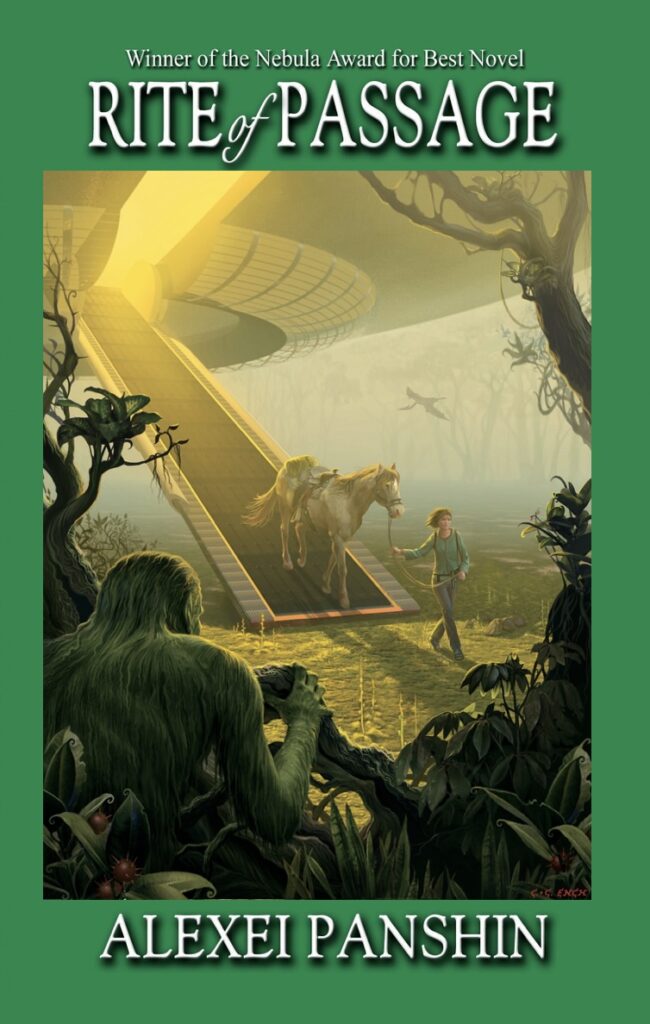
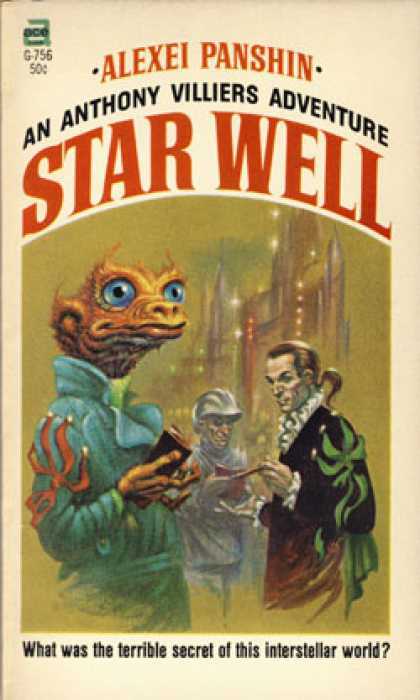
Star Well
First Published October 1968
A small airless planetoid set deep in the heart of the Flammarion Rift. Due to its location, it is a minor hub of commerce within the Sashuite Empire, and though it is equipped with elegant dining rooms and casinos, luxury suites and expensive shops, Wu and Fabricant’s GUIDEBOOK claims that Star Well is a dull place to visit and that travellers should avoid layovers if they can.
But Wu and Fabricant had not been shown the secret basements, nor told the nature of the things stored there–if they had been, they might still have advised against layovers, but not because Star Well was dull.
When our hero Anthony Villiers and his Troggish friend Torve arrive on the scene, it soon becomes evident that the truth must out: that Star Well has reached the end of an era…
The Thurb Revolution
First Published November 1968
The little-known, backwater planet Pewamo seemed an unlikely site for bomb-throwers, pornographers and maniacs- yet ask Admiral Beagle, ever-watchful for the moral safety of his world, and he would tell you that such unsavory individuals were collecting in droves on Pewamo.
Normally Pewamo was the habitat of slumberous vacationers and odd pink clouds that floated idly overhead and didn’t bother anybody – but then Anthony Villiers arrived.bringing his obdurately alien companion Torve the Trog, and Pewamo would never be the same again.
Strange sounds were heard regularly in the night. Villiers spoke in riddles when questioned by Admiral Beagle. Torve the Trog rode his speedy red tricycle on obscure missions. And somehow an army gathered around them.
But not even Villiers knew that one of the men he’d attracted was an assassin, sent to kill him…
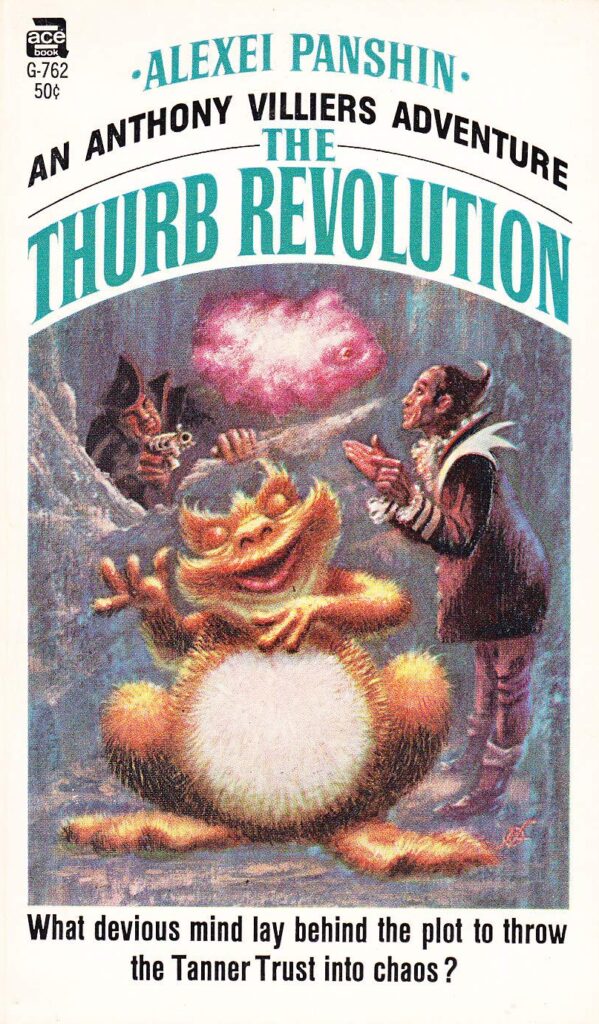
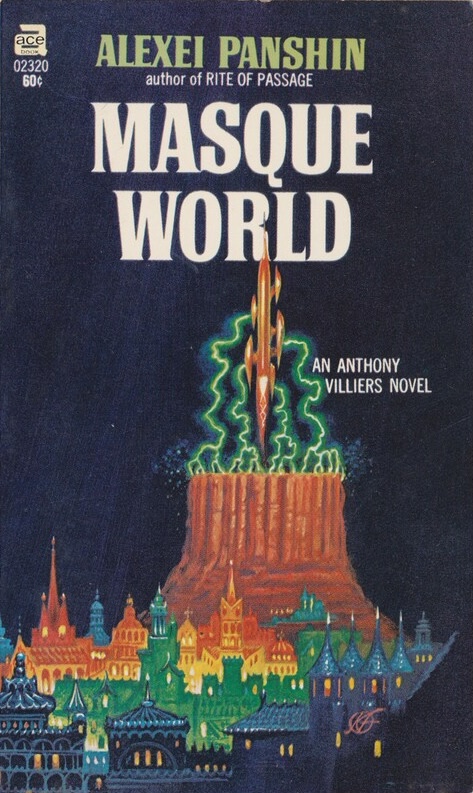
Masque World
First Published September 1969
YOU ARE INVITED to a ball given by Lord Semichastny at his estate on Delbalso
BE PREPARED FOR:
The Great Trog Chase, a marvel of bureaucratic befuddlement compounded by the appearance of an impostor rivaling Torve himself for Troggish charm, though not unpredictability;
The wonders of Peelgrunt at Xenokis Centre (the only place on Delbalso even mentioned by Wu and Fabricant);
A family of bourgeois con-artists keeping up appearances as interstellar rug salesmen;
The first intimations of the Universal Pantograph;
The Last Christion;
And the Monist Association’s Xochitl Sodality Night (who says middle-aged men are too old for green hars with feathers?), culminating in a citywide game of Wonders and Marvels well worth donning a mask to attend!
Farewell to Yesterday’s Tomorrow
First Published June 1975
A dozen stories of science fiction and fantasy set in worlds ranging from the universe of Rite of Passage to the magical realm of a Brooklyn that never was.
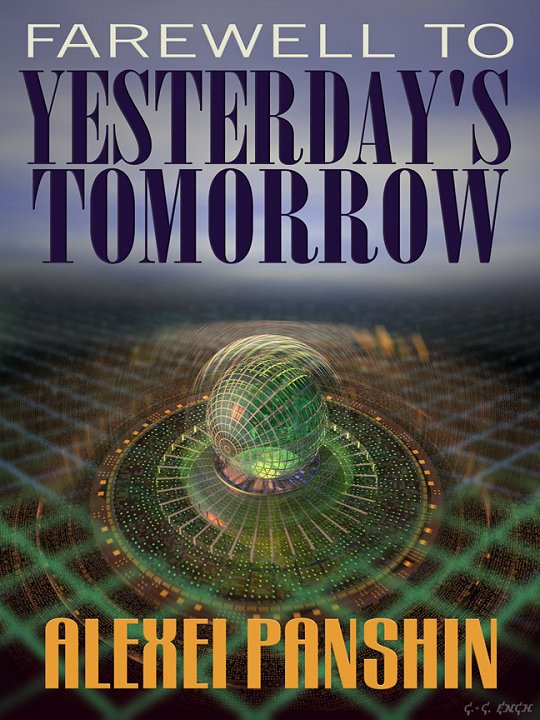
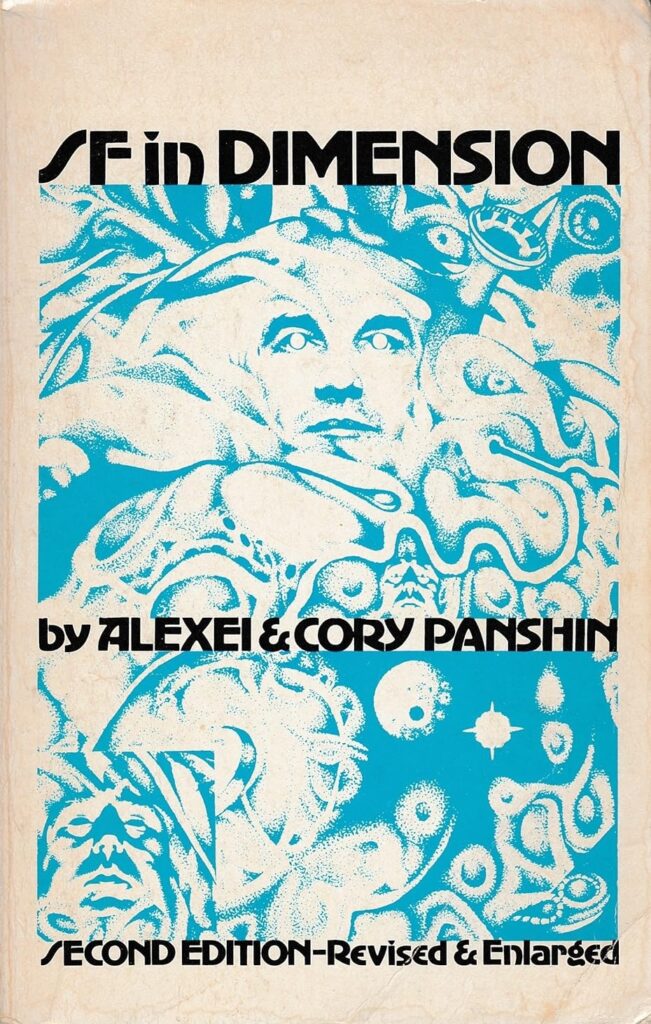
SF in Dimension
First Published December 1976
Twenty-two essays are gathered here, including second and third thoughts about Robert Heinlein’s stories. These reconsiderations, reviews and speculations by Cory and me show the development of a new view of the nature of SF. Ian Watson said, “The strong suit of this book is its urgent, but never dumbly optimistic, sense of what might be possible, what imaginative span SF might be able to encompass in the future.”
Earth Magic
First Published October 1978
When rebellious barons rise up against the King of the Gets, the king’s son Haldane finds himself on the run with no protection against his enemies except the undependable spells of a self-taught wizard and the even more perilous favors of Libera, the half-forgotten goddess of witches and peasants.
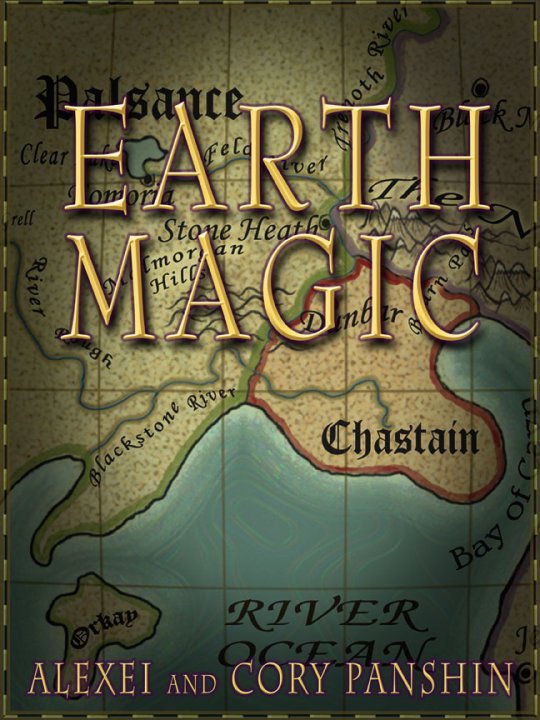
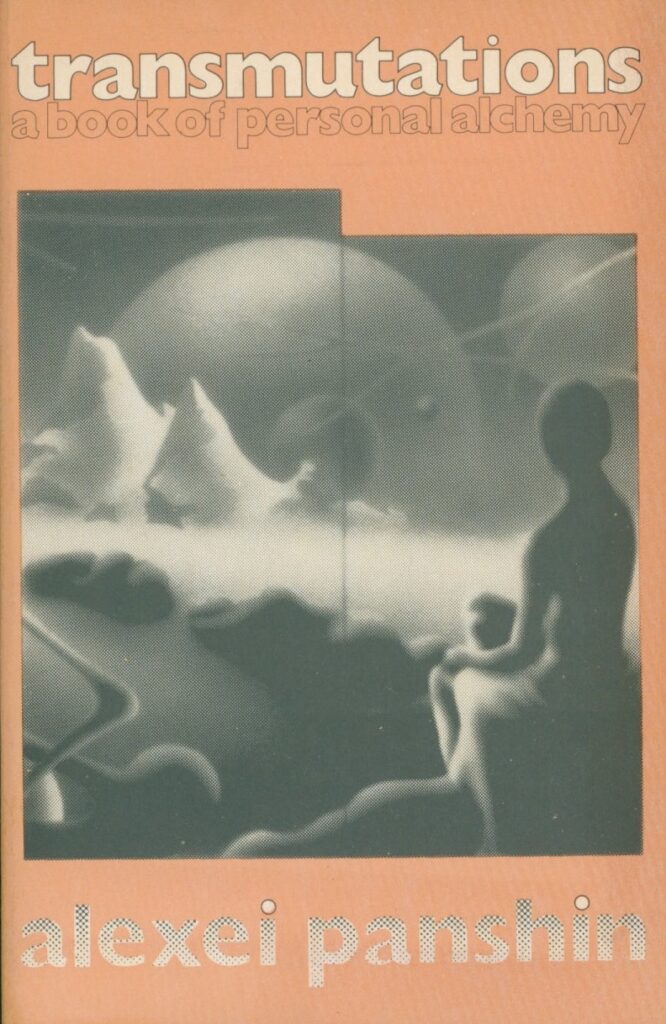
Transmutations
First Published September 1982
This collection of all my most left-handed pieces of writing was my belated way of addressing a friend who didn’t manage to survive the minefield of life in the late Twentieth Century. Like an elephant in the dark, it’s more than just a bunch of parts.
The World Beyond the Hill
First Published November 1989
This is Cory’s and my account of the first appearances in fiction of the transcendent images of SF—from a creature brought to life by electricity to human galactic empire.
Winner of a Hugo Award in competition with books by Arthur C. Clarke, Harlan Ellison, Robert A. Heinlein and Ursula K. LeGuin at the World Science Fiction Convention in The Hague.
“The best, the best, history of science fiction I have ever read.”
Isaac Asimov
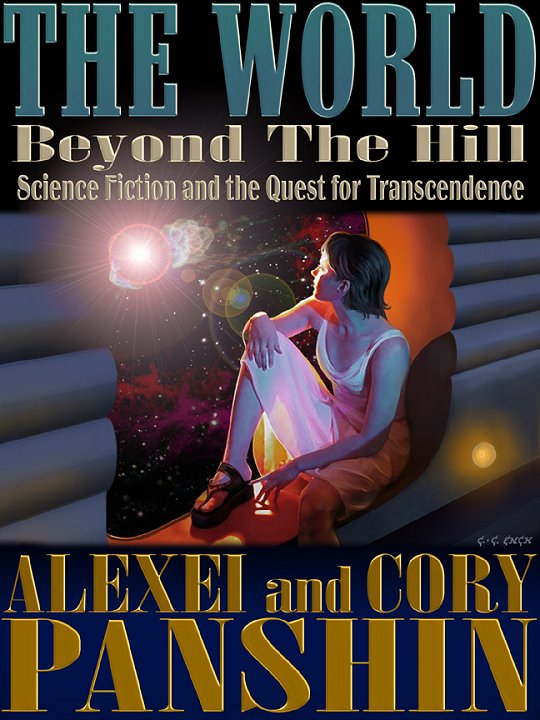
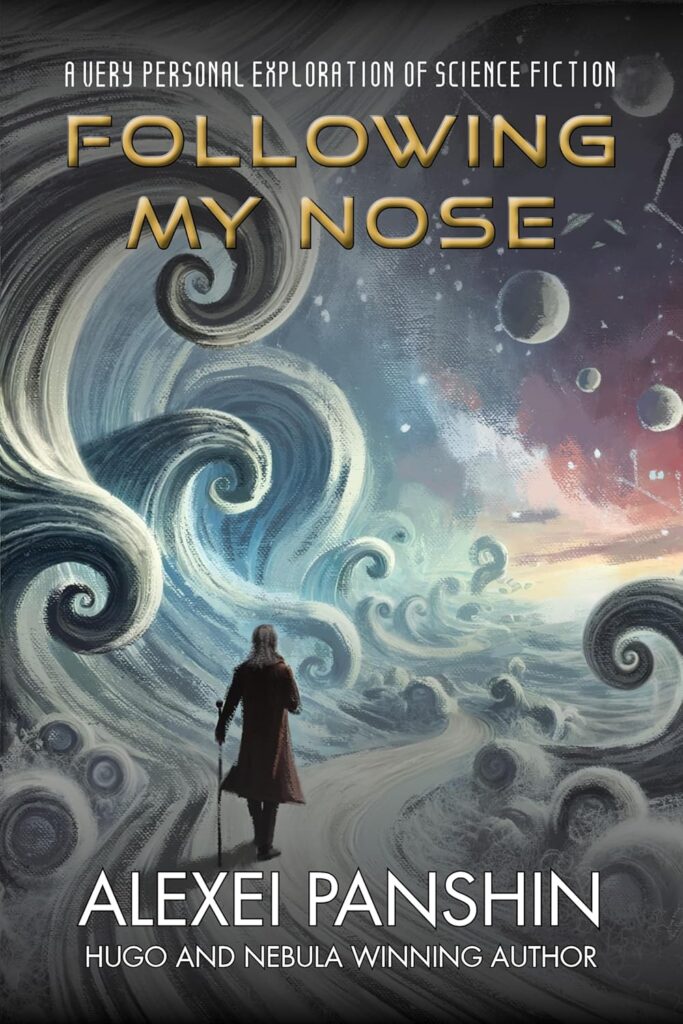
Following My Nose
First Published March 2025
Following My Nose is Alexei’s final work: a very personal journey into literary analysis and his own reflections. It discusses Alexei’s own journey, as well as works that influenced his own writing and on science fiction in general. Authors like A.E. van Vogt, Charles Dodgson (Lewis Caroll) and others have shaped both the genre as well as Alexei’s own art.
This work also discusses a broader critique of the genre and its impact on literature and culture, drawing heavily from his outstanding, Hugo-winning book, The World Beyond the Hill. It is what it says.
Short Fiction
| Title | Published In… | Publication Date |
|---|---|---|
| A Piece of the Pie | Seventeen | November 1960 |
| A Tale of a Trunk | Datebook | July 1963 |
| Down to the Worlds of Men | 1F | July 1963 |
| Dark Conception | F+SF | November 1964 |
| The Death of Orville Murchison | motive | March 1965 |
| What Size Are Giants? | Worlds of Tomorrow | May 1965 |
| The Girl Who Would Be Wicked | Datebook | Spring 1965 |
| The Sons of Prometheus | Analog | October 1966 |
| The Man Who Murdered Ants | Dapper | December 1966 |
| The Destiny of Milton Gomrath | Analog | December 1967 |
| The Planet Slummers | Galaxy | February 1968 |
| One Sunday in Neptune | Tomorrow’s Worlds | March 1969 |
| Star Dream | Galaxy | May 1969 |
| What’s Your Excuse? | Fantastic | August 1969 |
| A Sense of Direction | Amazing | November 1969 |
| Arpad | Quark 2 | February 1971 |
| How Georges Duchamps Discovered a Plot to Take Over the World | Fantastic | April 1971 |
| How Can We Sink When We Can Fly? | Four Futures | October 1971 |
| Now I’m Watching Roger | Orbit 10 | January 1972 |
| Sky Blue | Amazing | March 1972 |
| A Taste of Immortality | Fantastic | June 1972 |
| A Fine Night to Be Alive | Fantastic | December 1972 |
| When the Vertical World Becomes Horizontal | Universe 4 | March 1974 |
| “Found in Space” by R. Monroe Weems | Amazing | April 1974 |
| Farewell to Yesterday’s Tomorrow | Galaxy | June 1974 |
| The Walden Window | Galaxy | February 1975 |
| Lady Sunshine and the Magoon of Beatus | Epoch | November 1975 |
